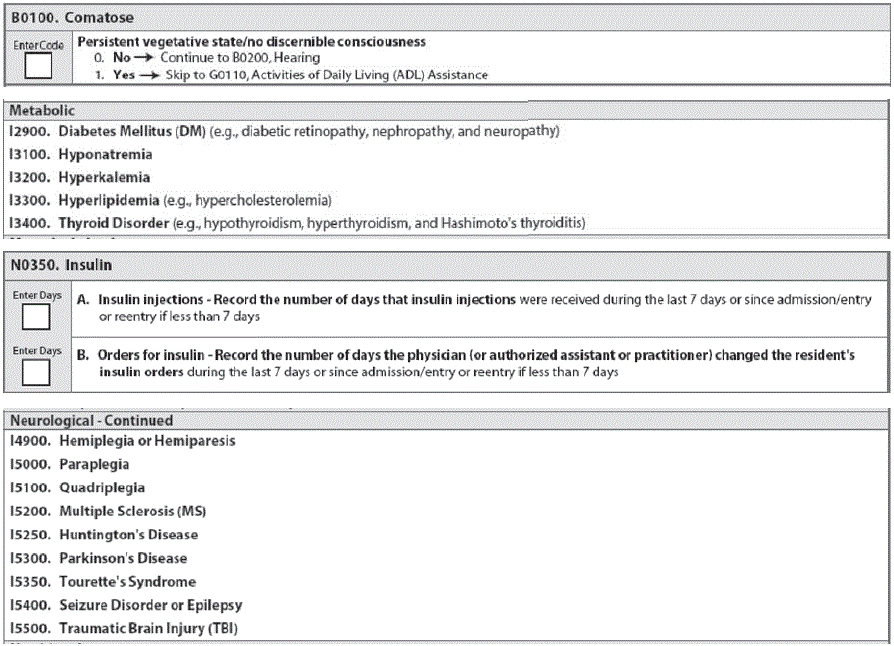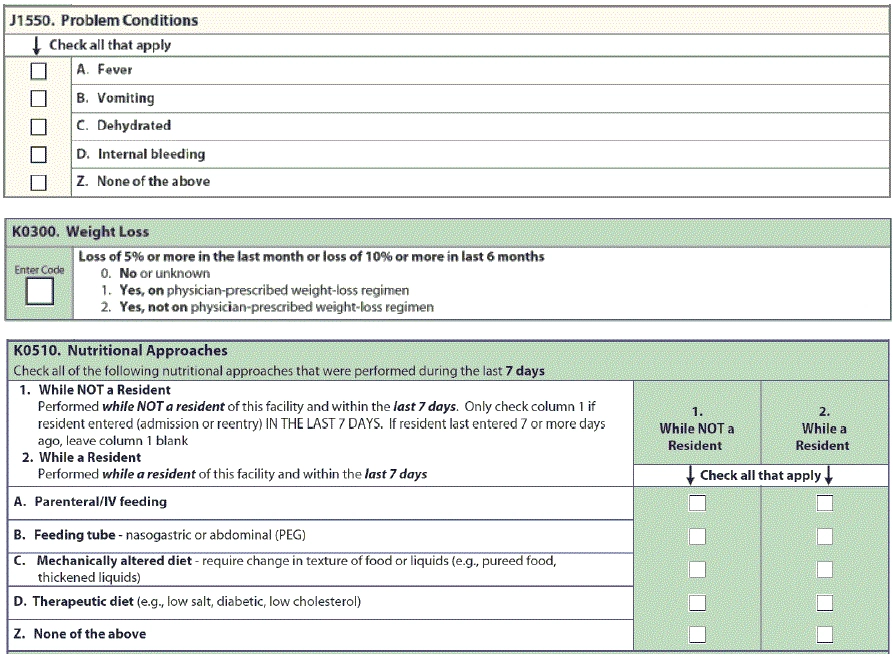Understand 9 Specific Items That Earn A Special Care High RUG
How a higher RUG classification could lurk behind UTI diagnosis.
Do you know what criteria qualify a resident for the Special Care High Resource Utilization Group (RUG) category? If not, you could be leaving deserved reimbursement on the table for certain types of residents. Here are the characteristics and conditions that place residents into this RUG group:
1. Look at the ADL Score
The main qualifier for the Special Care High RUG is that a resident must receive assistance with activities of daily living (ADLs), such as bed mobility, eating, toileting, dressing, etc., according to the Minnesota Department of Health (MDH). Specifically, to qualify for this RUG category, the resident must have an ADL score of two or higher.
Keep in mind that for Medicare, only the late loss ADLs apply — eating, bed mobility, transfers, and toilet use. Dressing and other ADLs don’t apply.
In addition to the minimum ADL score, the resident must also receive special services meeting at least one of the following eight criteria listed below.
2. Is the Resident Comatose?
The Special Care High resident might be comatose (B0100), and in this case would be completely ADL dependent or the ADL did not occur (G0100A1, G0100B1, G0100H1, G0100I1 all = 4 or 8), according to the Wisconsin Department of Health Services (WDHS). This type of resident would qualify for the Special Care High RUG category.
3. Check for Diabetes & Insulin
A resident with diabetes (I2900) could qualify for Special Care High, if he has both of the following:
4. Make Sure Resident with Quadriplegia Has this ADL Score
A resident with quadriplegia (I5100) also needs an ADL score of five or more to qualify for the Special Care High RUG, WDHS said. Ensuring an appropriate active diagnosis is also very important as it relates to quadriplegia.
5. Pair Fever with These Criteria
In the Special Care High RUG category, a fever (J1550A) coupled with certain characteristics results in a significant RUG score, according to Michelle Synakowski, LNHA, RN, C-NE, RAC-MT, a policy analyst and consultant with Leading Age New York in Latham.
For instance, the following would qualify for the Special Care High RUG category:
6. Spot Parenteral/IV Feeding & Pneumonia
Also, keep in mind that a feeding tube by itself (meeting the above criteria) qualifies for Special Care Low, while tube feeding coupled with a fever is Special Care High, Synakowski said. Likewise, pneumonia by itself qualifies for Clinically Complex, while pneumonia with a fever is Special Care High.
7. Watch for Shortness of Breath While Lying Flat
Although a diagnosis of chronic obstructive pulmonary disease (COPD) alone (I6200) does not result in a significant RUG score, but usually a Reduced Physical Function category, a resident with COPD and also shortness of breath while lying flat (J1100C) will qualify for a Special Care High RUG score, Synakowski noted.
Be sure to perform a true assessment for shortness of breath while lying flat, and document this assessment in the medical record, Synakowski urged. You can interview the resident to find out if he becomes short of breath when he lies flat, but you must document the interview in the medical record.
8. Did Resident Receive Respiratory Therapy?
In addition to the ADL score of two or higher, a resident can earn a Special Care High RUG if he receives respiratory therapy for all seven days (O0400D2 = 7). You can count only time spent with the resident during the treatment by a professional who is trained to deliver respiratory therapy. To code a day in this item, the resident must receive at least 15 minutes per day of respiratory therapy.
9. Understand RUG Implications for Septicemia vs. UTI
If you have a resident who comes from the hospital with a diagnosis of a urinary tract infection (UTI) and you see in the hospital paperwork that the resident had septicemia due to the UTI, you need to clarify this with the physician, Synakowski stressed. The UTI diagnosis does not qualify a RUG, but a diagnosis of septicemia (I2100) will qualify for a Special Care High score.
Important: If a resident qualifies for Special Care High but received little ADL assistance — with an ADL score of one or less — that resident would classify as Clinically Complex, not Special Care High, according to the MDH.





